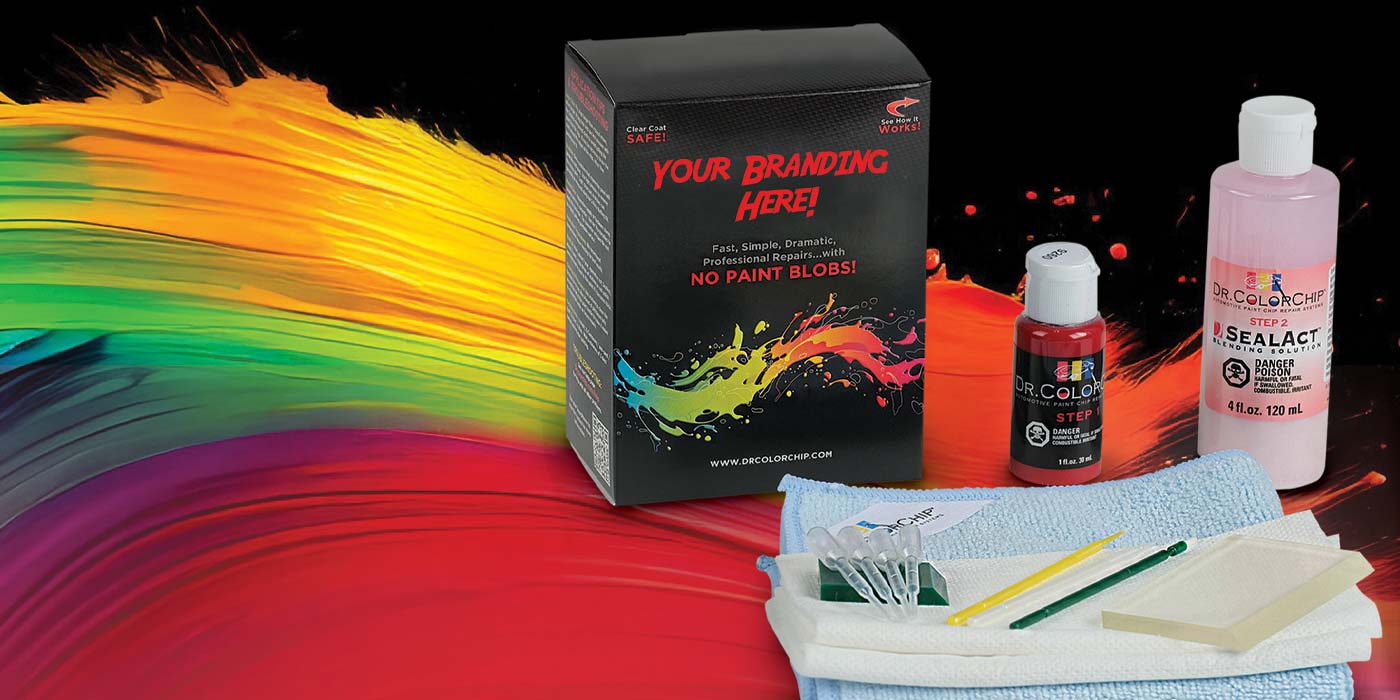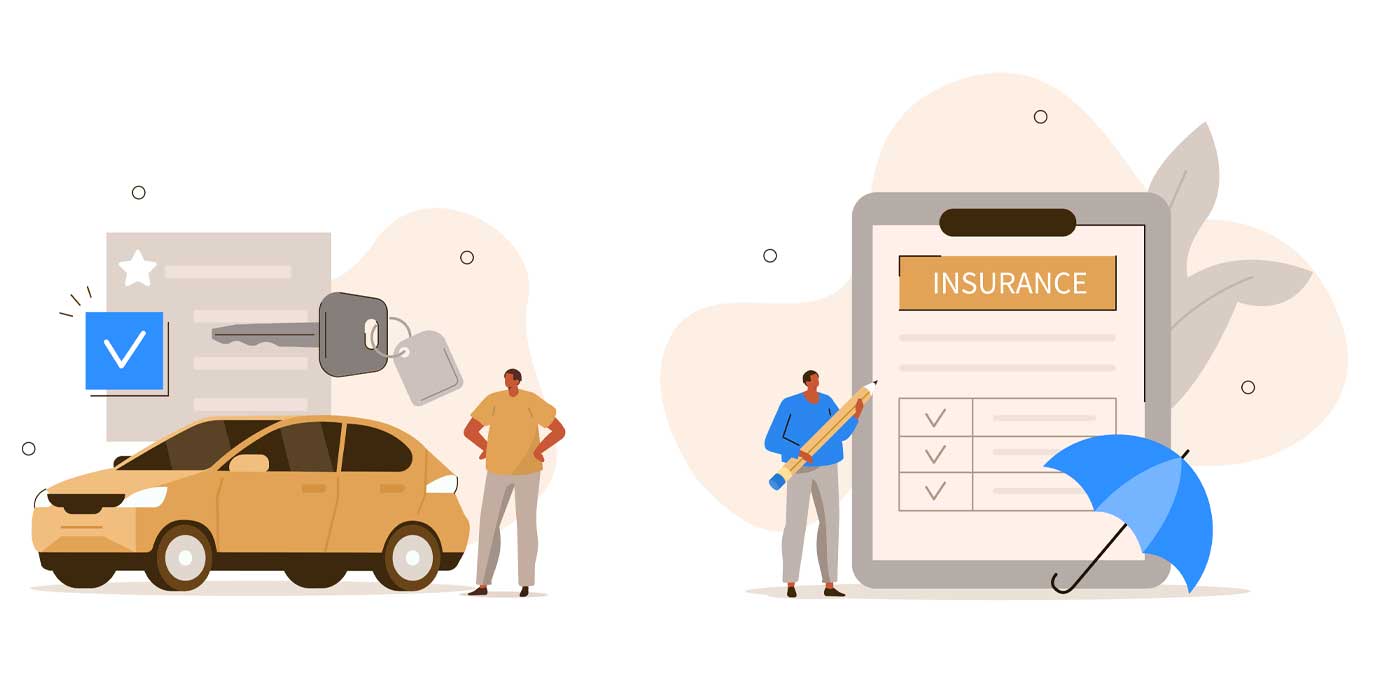According to the 2022 Capital One Car Buying Outlook, 77% of dealers believe that the car-buying process is transparent, but only 26% of consumers believe that. So, what is causing this gap in perception?
Transparency during the car-buying process simply means giving the customer what they want. When a car shopper first contacts a dealership, the first thing they want to know is whether the vehicle is available, what the price is and what their personalized payment is, according to a 2021 study conducted by Marchex and Root & Associates. Next on their list is information about financing and trade-in valuations.
As inventory levels are replenished and the retail auto market becomes more competitive, dealerships that provide this information will win customer trust and sell more vehicles. It’s really that simple.
While it’s important to train your salespeople to be transparent with leads, remember that is not the first interaction that customers have with your dealership. Before they ever call or send in an email, car shoppers visit your website to browse inventory. This is the critical moment to convince them that your dealership delivers an honest, transparent buying process. The most effective way to do this is with video.
Here are the videos you’ll need.
Inventory Videos with “Real” Vehicle Price
Many dealers still do not post vehicle prices, or they post a price that includes discounts or rebates. I realize there is always a risk that by posting a price, the consumer will run to the next dealer to try and get a better price. But most consumers are value shoppers. They don’t mind paying a little bit more as long as they feel like they are getting value.
You remember value selling, don’t you? When you create live vehicle walkaround videos, give an energetic presentation to value-sell every vehicle. Additionally, post interactive inventory videos that allow consumers to explore vehicle features at their own pace. The power of a video is that it can get car shoppers emotionally attached to that vehicle — the one on your lot, not the one down the street.
In-Depth Make/Model Reviews
Before making the second largest purchase of their life, car buyers want to know what other people think about the brand and model they are purchasing. From your vehicle VDPs, share links to a make/model review video for that brand.
Manufacturer Incentives
What are current rebates and incentives, if any? Videos sharing the most recent manufacturer specials are always appreciated.
Financing FAQ
Create a series of FAQ videos answering the most common questions that car shoppers have about your financing process. Tell car shoppers what they need to bring into the dealership and/or how to start the financing process online.
Accurate Payment Quotes
If you have a payment calculator on your website, create a video that explains how to use it. Include details such as how your credit score can affect monthly payments and interest rate, and share tips on how a consumer can lower their monthly payments.
Trade-In Value of Current Vehicle
If you have a trade-in tool on your website, create a video that explains how to use it. Explain the process of how your dealership arrives at a fair market value. Share details about what can increase or decrease the valuation of a used vehicle.
Consumers are demanding a more transparent sales process, so don’t be afraid to give it to them. The more information you provide, the more confident that a car shopper will feel that they can trust you, and the happier they will be with their purchase. Use videos to share information about how transparent your process is, and to build customer trust the first time they visit your website.













